- Y.SH
- information
- 1343 views
- 0 comments
We all have heard of saffron as a permanent ingredient in skincare creams and face packs. With its reputation as one of the most expensive spices in the world, saffron is susceptible to impurity and is difficult to source due to its limited production. The flower's dried stigma is widely used in the culinary world for its exotic fragrance and to give the food bright, warm colors. While saffron is good for coughs, colds, and stomach troubles, it is a powerful glow booster for the skin. Hearing about its miraculous benefits for skin, we gave it a try, and it turned out to be the best 'investment' (considering the whopping cost) for our beauty regime.
You can use saffron in homemade moisturizers, masks, and more. Alternatively, you can use saffron in all foods, sweets, and desserts and benefit from its benefits. But no need to worry about finding Iranian saffron in Canada or the United States. Cyruscrafts provides you with top-rated varieties of this spice on its website.
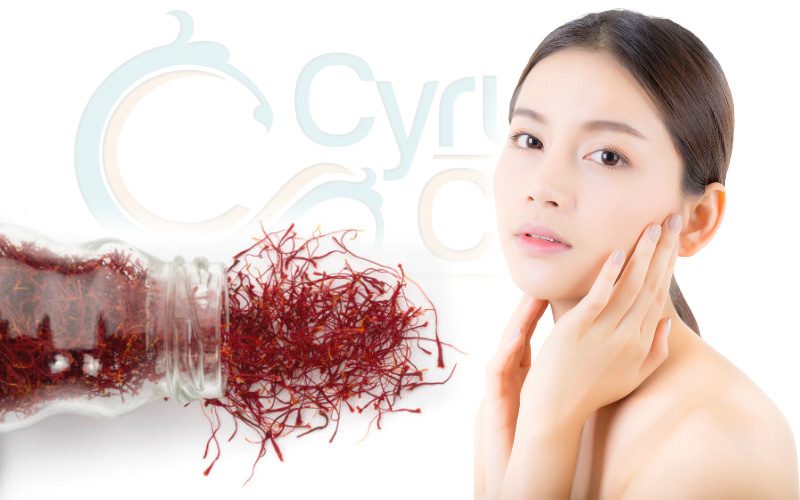
What is Saffron?
Derived from the flower of Crocus sativus, saffron is a scarlet-colored thread-like pistil, which is believed to have originated primarily in Greece. Each flower has three blooms, which have a single stigma and are collected by hand and dried to form the spice. It has a vibrant gold and red-colored appearance adds flavor, fragrance, and medicinal value to the food.
The medicinal benefits of saffron for skin care often come topped with this flower's healing properties. Many people have used it in medicines, teas, and baths to help cure ailments. Saffron for the face has a strong, exotic aroma and bitter taste.
Cyrus Crafts; Luxury & Unique Products
Saffron and Skincare Routine
But first, here are three ways you can use saffron in your skin-care routine:
Saffron in raw milk
Saffron strands can be infused in raw milk and used as a natural cleanser for the skin. Dip a cotton ball in saffron milk and cleanse your face with it for an instant brightening effect on your skin.
Saffron and sandalwood
It can be mixed with sandalwood and rose water to make an all-natural glow-boosting face mask. Crush and mix 4-5 strands of saffron with a spoonful of sandalwood powder. Make a thick paste using rose water. Apply on your face, leave it on for 15 minutes, and wash with lukewarm water.
Saffron and brown sugar
Saffron can be added to brown sugar and coconut oil for a skin-brightening scrub. The mixture works particularly well on rough patches of skin around the knees and elbows, where gentle round motions buff away dead cells from your body.
Saffron and rose water
A few strands of saffron can be soaked in rose water and mixed with a drop or two of your favorite facial toner. Once the mixture is well combined, pour it into a spray bottle. Spray this formulation onto your face for an energizing effect that will tone skin cells on contact!
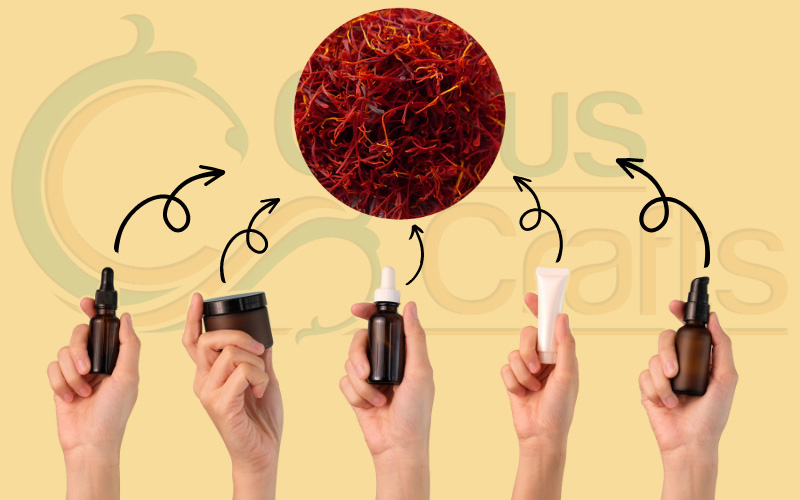
The Health Benefits of Saffron on Face
Saffron contains two major carotenoids, Crocin and Crocetin. These compounds have been shown to possess anti-tumor and anti-inflammation effects in various studies:
Use saffron for treats acne
saffron benefits for the skin including its positive effect on acne. The spice saffron, or Kesar—considered one of the most flavorful and expensive spices in the world - possesses powerful antibacterial and anti-inflammatory properties. This makes it a go-to ingredient for fighting acne and calming active breakouts, redness & soreness caused by them.
Saffron's glow-boosting properties
One of the highest saffron benefits for skin is its glow-boosting abilities. A cotton ball soaked in a mixture of saffron and raw milk may clean all the dirt and pollution on your skin, leaving you with naturally radiant skin.
Saffron tones your skin
Toner is currently all the rage in skincare routines, and saffron-infused toners can help rejuvenate your skin while eliminating dullness. It's best to use it during both morning AND night!
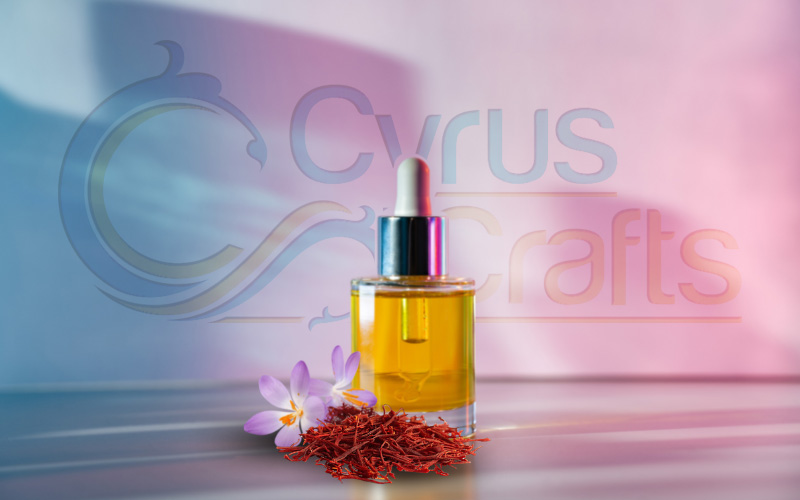
Saffron protects against UV radiation
Ultraviolet radiation can cause the skin to age prematurely. According to some studies, saffron can act as a barrier against UV rays, neutralizing free radicals and reducing oxidative stress, potentially preventing premature skin aging.
saffron for skin pigmentation
Hyperpigmentation is a skin condition that occurs when melanin pigment becomes more abundant over time—as a defense mechanism against sun exposure or hormonal changes. Active compounds in saffron may reduce the body's melanin production by inhibiting tyrosinase (an enzyme involved in producing and storing melanin) by visibly reducing the appearance of blemishes on your face and body.
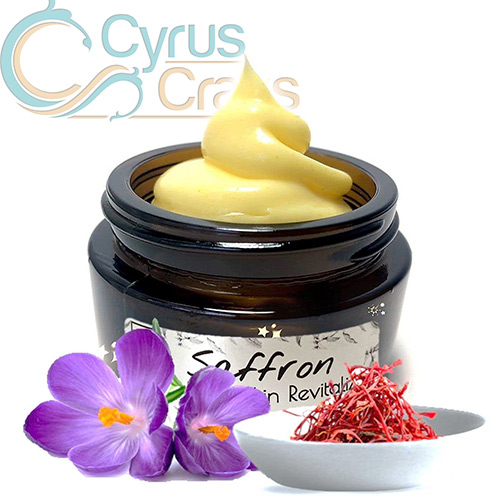
If you'd like to enhance your skincare routine, try using saffron. Its active compounds work against inflammation, hyperpigmentation, and UV radiation. It also offers protection from UV radiation, a common cause of premature skin aging.
Be cautious if it's your first time using saffron. Developing an allergic reaction is possible, so do a patch test first. If you are pregnant, for more information on the effects of saffron while pregnant, read our article "Saffron For Pregnancy."


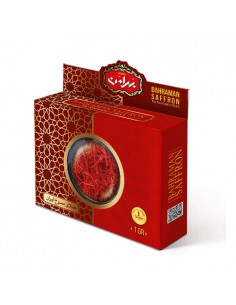

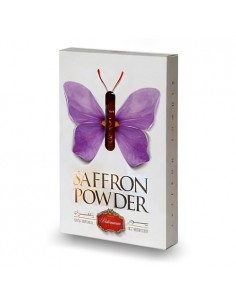

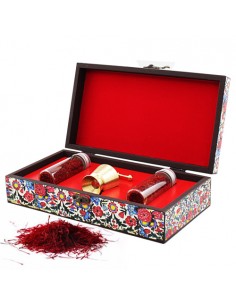

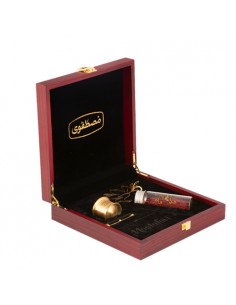

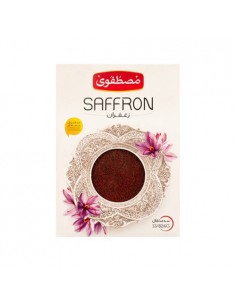

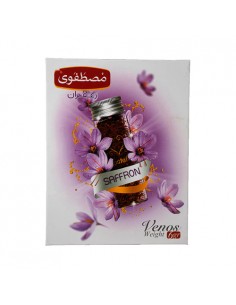

Comments (0)